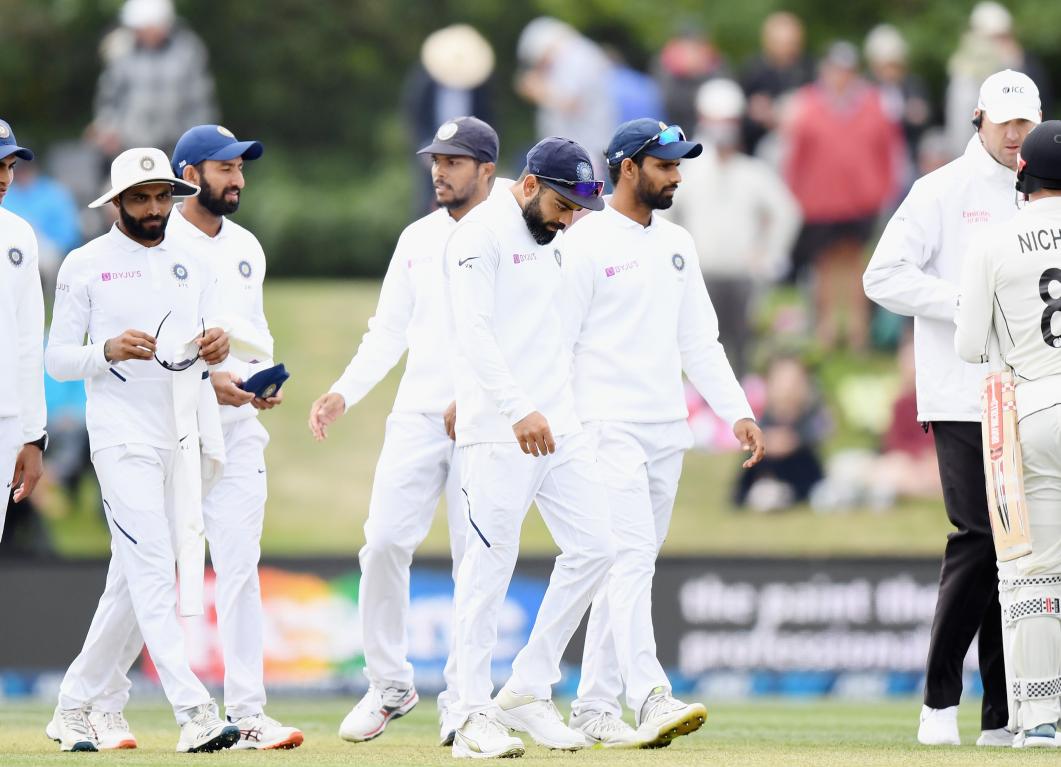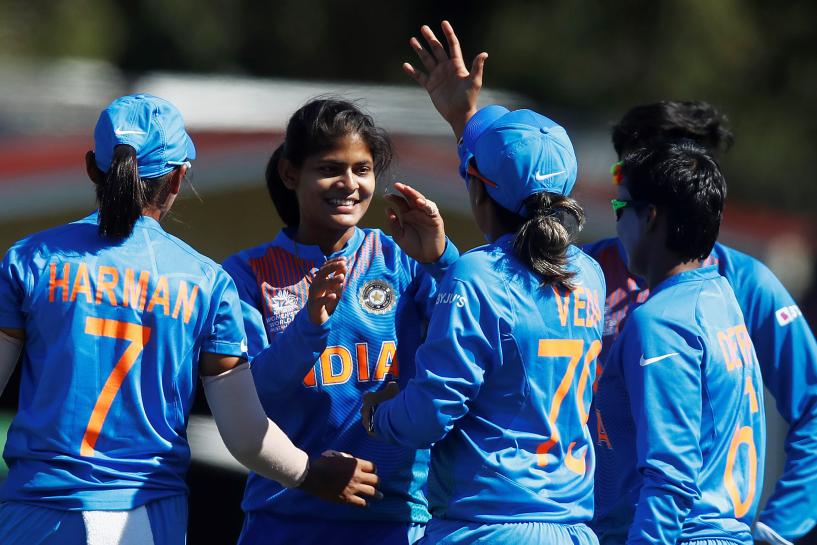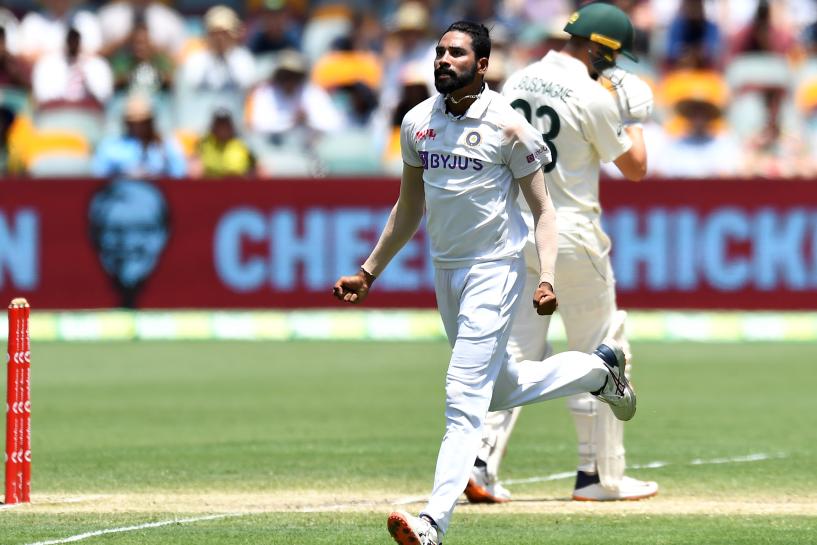Playing conditions for the World Test Championship explained

We're inching closer to the World Test Championship Final, and the excitement is palpable. The No.1 ranked and No.2 ranked teams - New Zealand and India - lock horns at the Ageas Bowl Stadium on June 18. The two teams have pulled out all the stops in the last two years, and now they find themselves one step away from being crowned World Test Championship champions.
The Blackcaps will be buoyed by their historic series victory over England. Following the victory against England, the Kiwis sit atop the ICC Test team rankings table with 123 rating points. They now have their eyes set on the ultimate Test.
Team India, on the other hand, have been putting in the hard yards in Southampton. The intrasquad match served as a warm-up for the team, with players like Rishabh Pant, Shubman Gill, Mohammed Siraj, and Ravindra Jadeja looking in good shape ahead of the summit clash. BCCI, on Tuesday, announced the 15-member squad for the final showdown. Mayank Agarwal, KL Rahul, Washington Sundar, Shardul Thakur, and Axar Patel were among those who did not make the cut.
The International Cricket Council (ICC) recently updated the World Test Championship final playing conditions. Let us take a look at the newly revised playing conditions.
- Grade 1 Dukes cricket balls to be used for the final.
- The height margin for LBW referrals has been lifted to the top of the stumps.
- Reserve day will only be used if the lost playing time cannot be regained.
- Two teams will be declared joint-winners in case the match ends in a draw or a tie.
- Short runs called by the on-field umpires will be reviewed by the TV umpires.
- Before taking LBW reviews, players are permitted to consult with umpires if a genuine attempt has been made to play the ball.
























